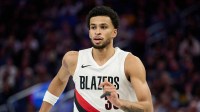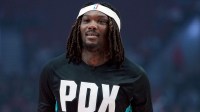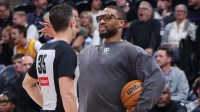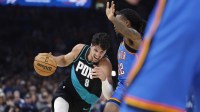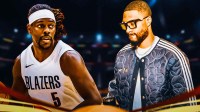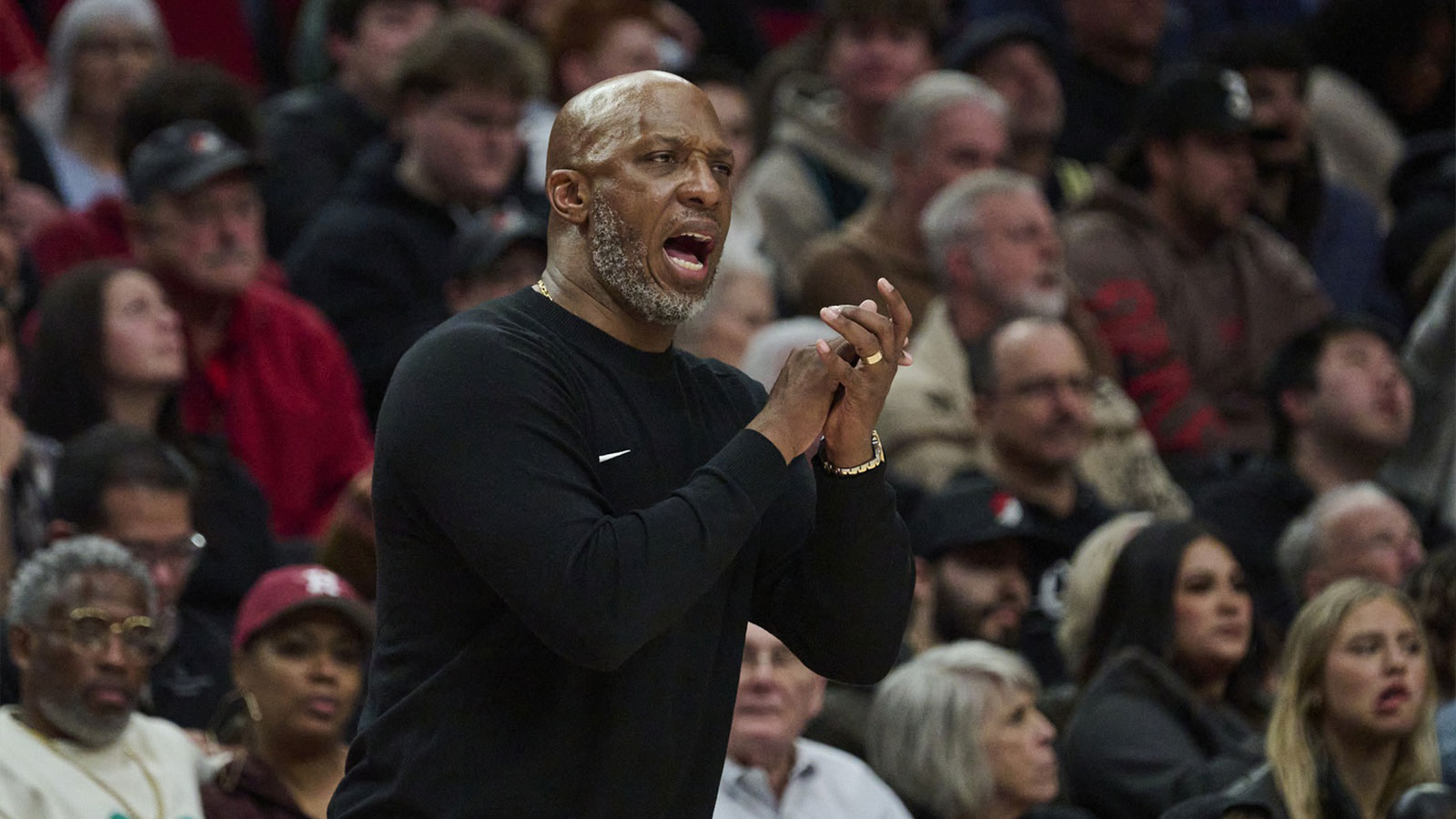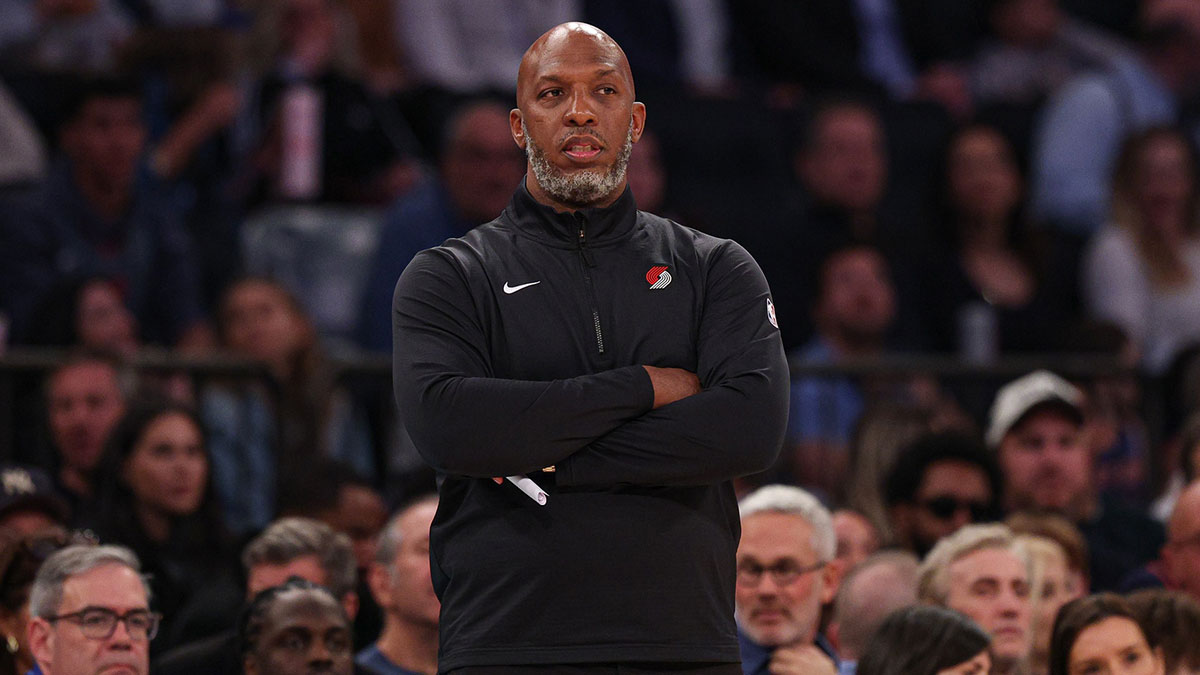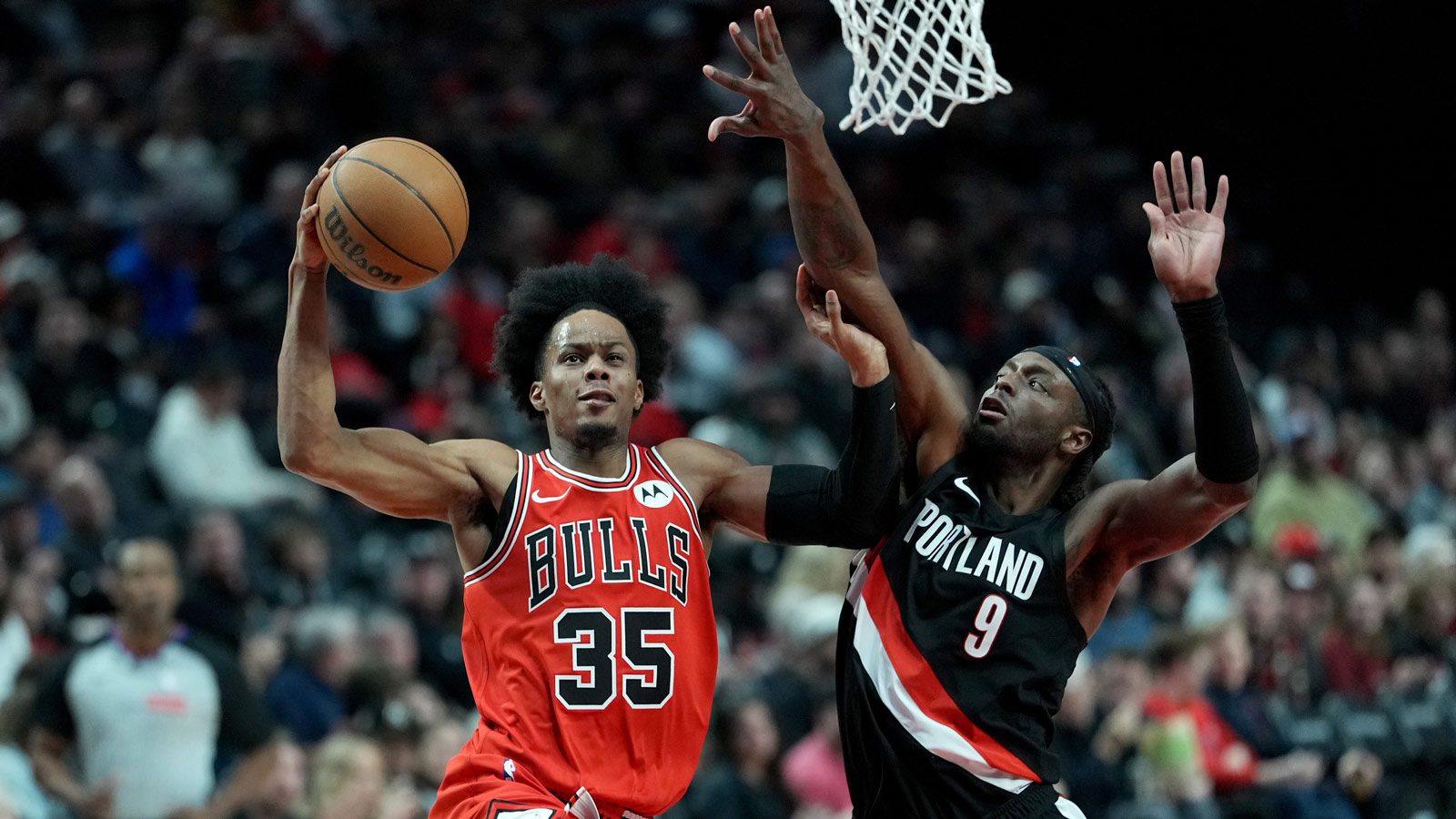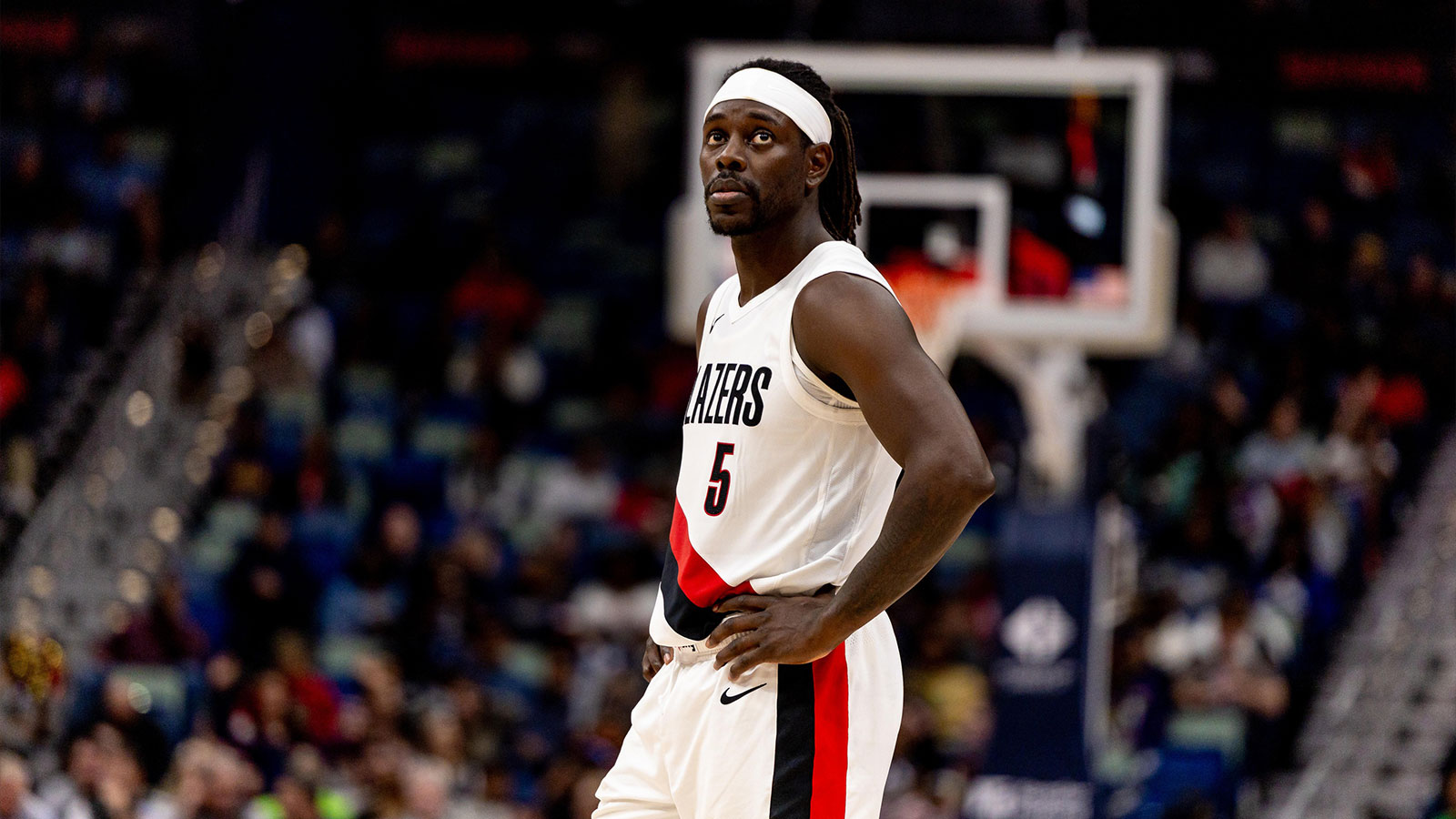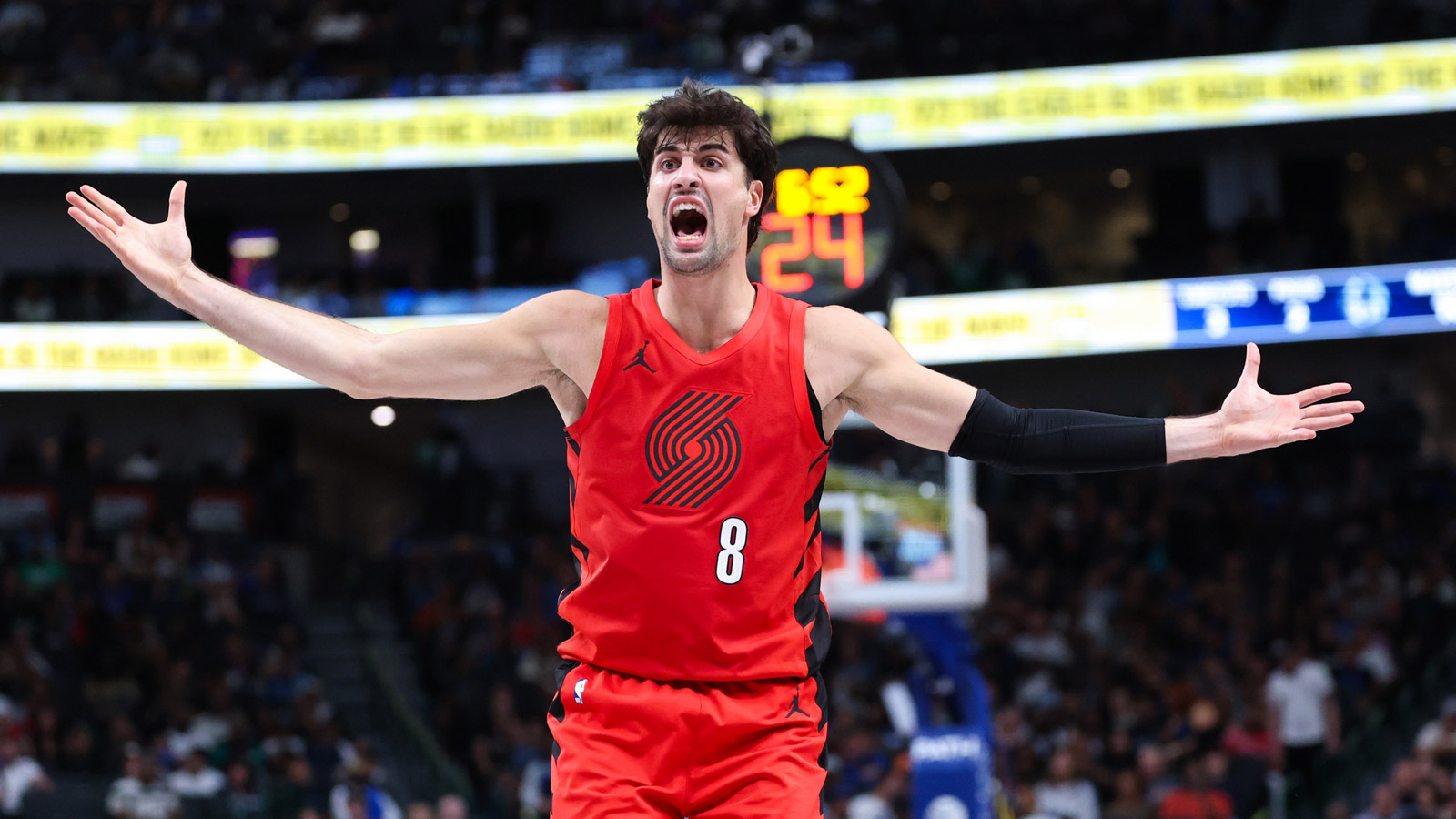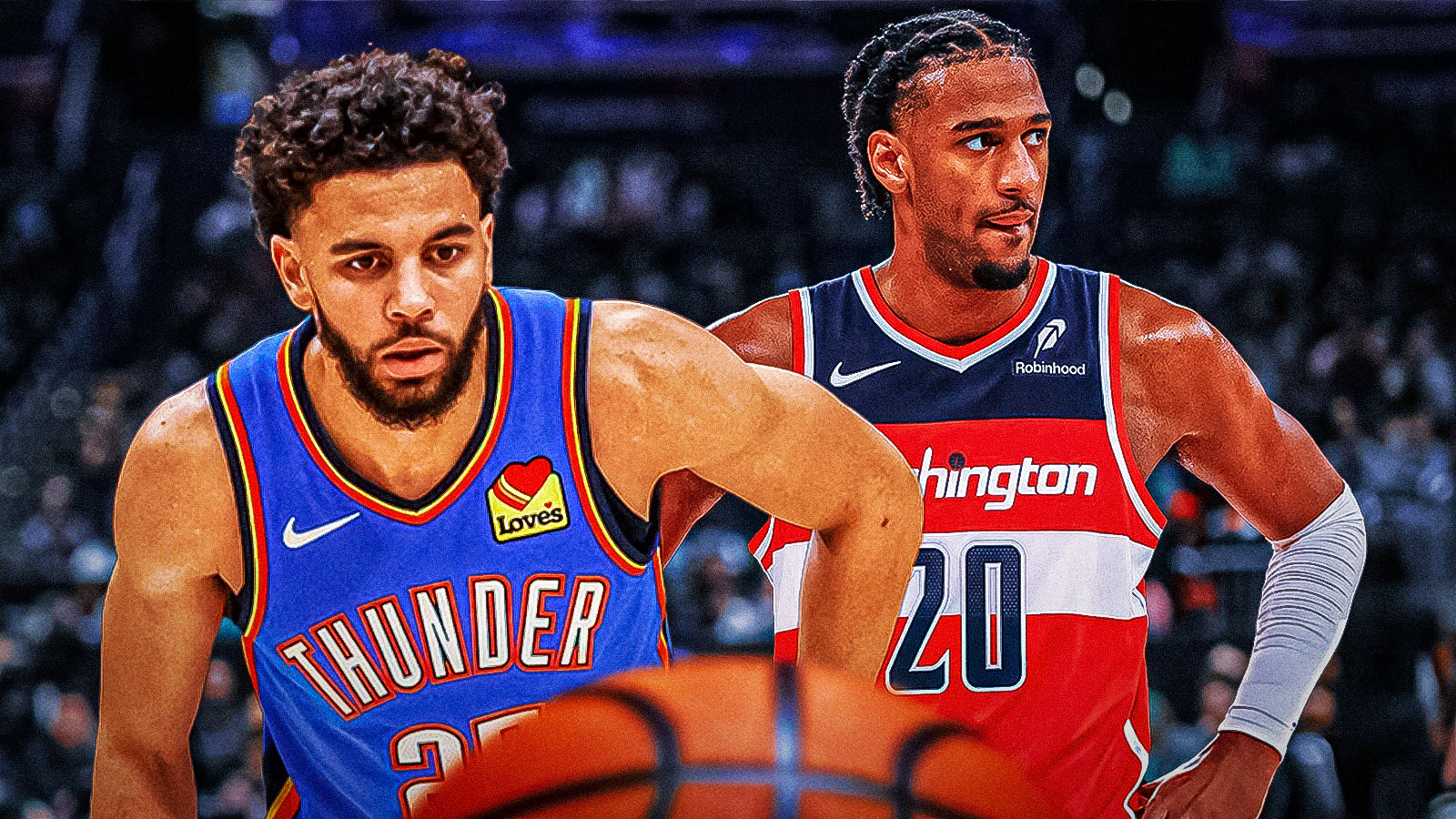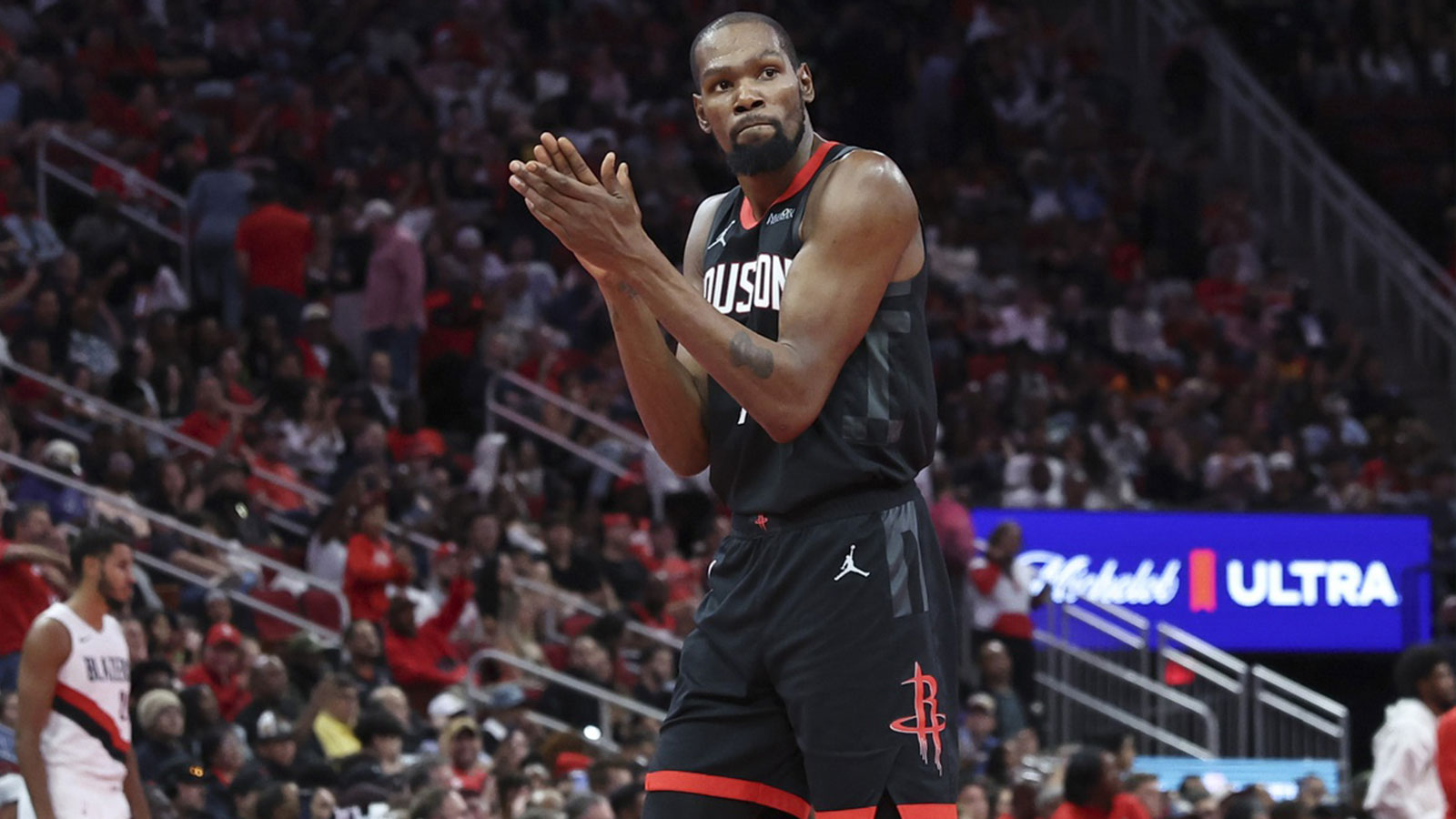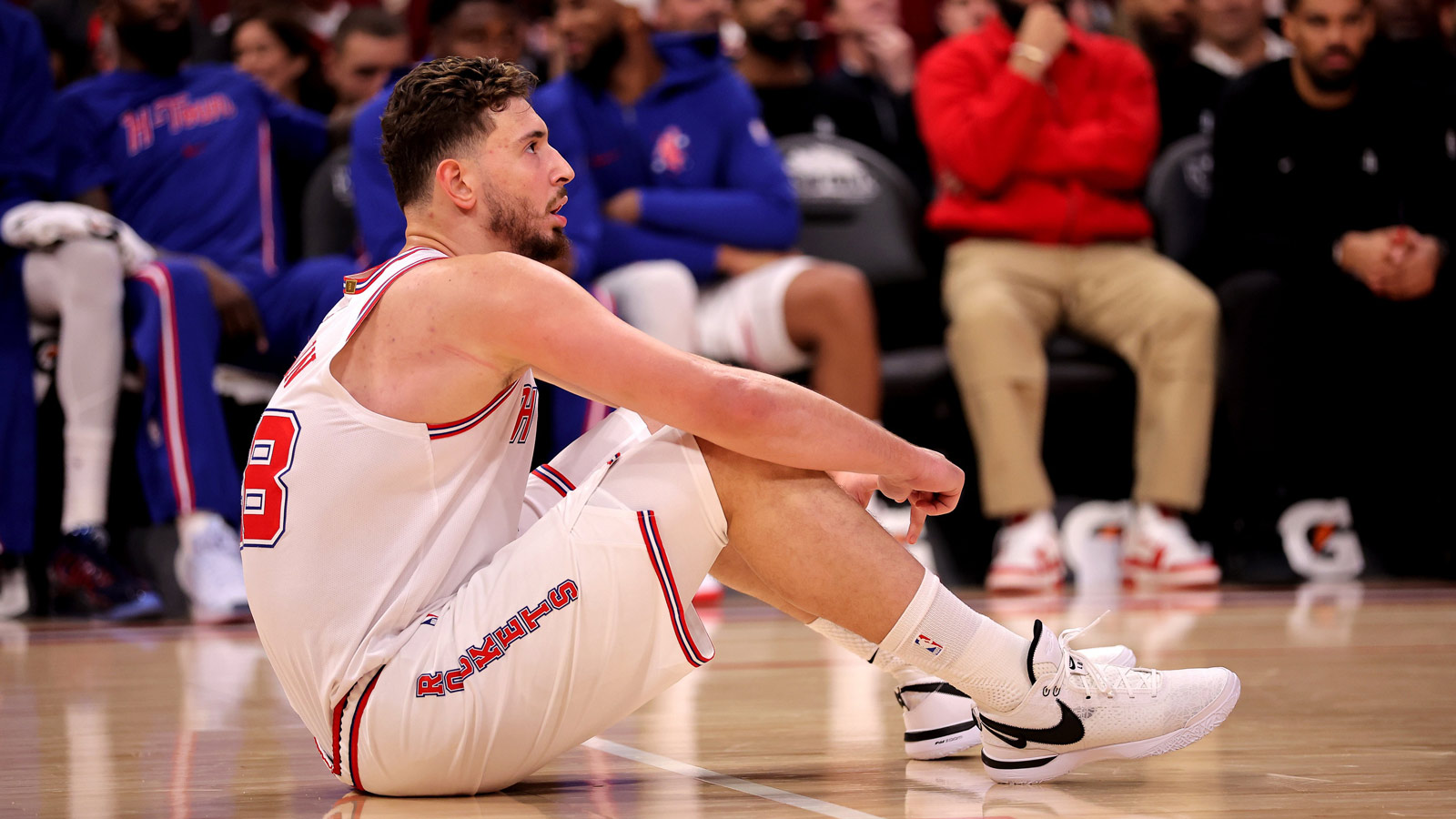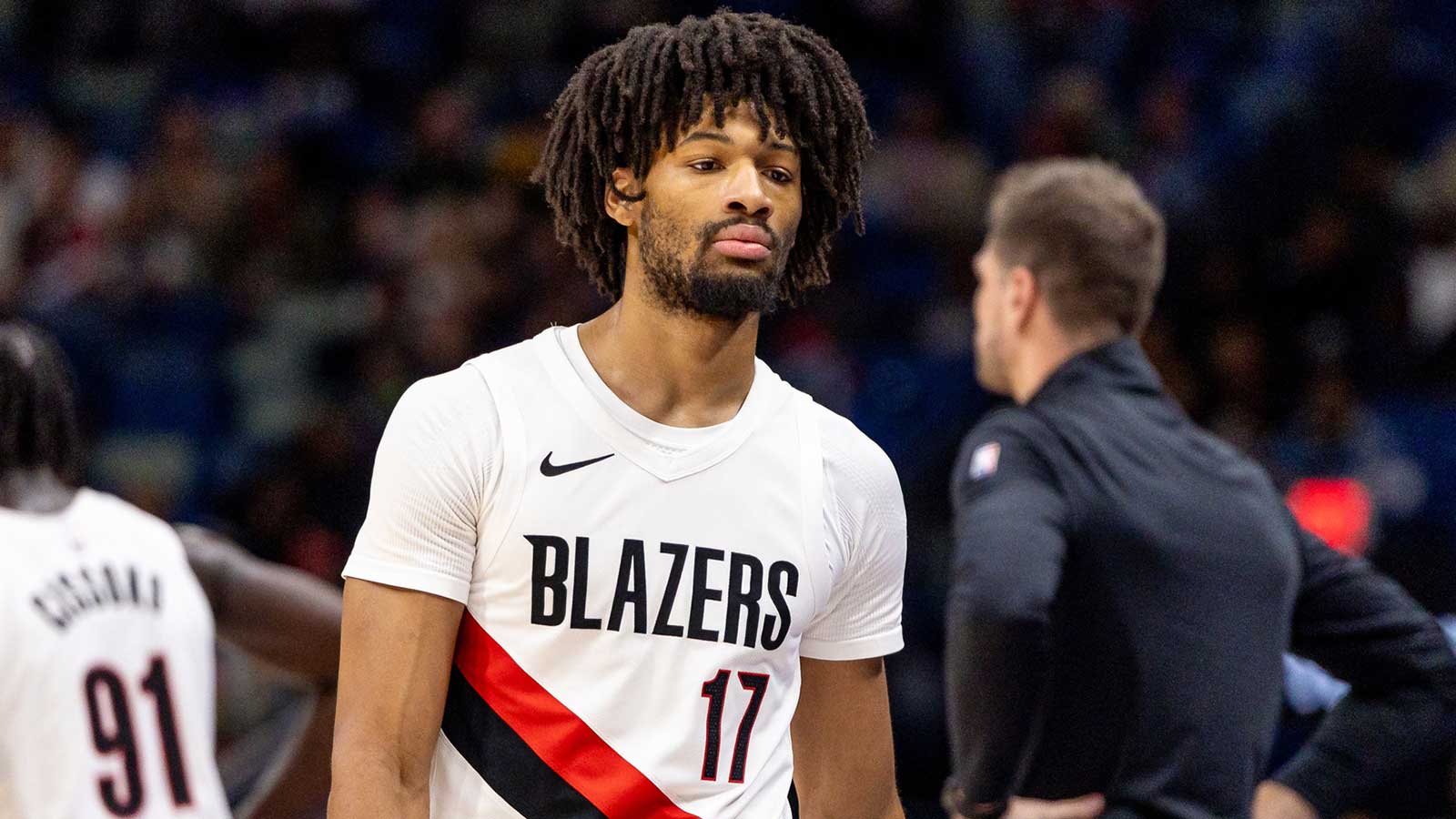The most shocking slump of Damian Lillard's career continued on Monday, the Portland Trail Blazers franchise player needing 20 shots to score as many points while going 2-of-9 from three in a dispiriting loss to the short-handed Philadelphia 76ers.
A seven-game sample size isn't near big enough to draw any meaningful conclusions, but especially about an all-time shot-maker who's been a model of consistency over the last half-decade. Lillard, for example, isn't worried about the prospect of his outlier shooting struggles suddenly becoming the new normal.
“I've done it for long enough and I know that I haven't skipped steps to give myself a chance to be successful, so because of that I know that it'll come around,” he said after Portland's loss to the Sixers. “When it's not going your way, when you're struggling to shoot the ball, I think to people on the outside it can look one way or make people ask certain questions. But when you're sure about what you put into it for such a long period of time you get frustrated with it and you get upset with it, but I don't have the same concerns you guys might have or that you might have.”
Lillard is now 15-of-65 from beyond the over the season's first seven games, good for 23.1 percent shooting. He's been given every opportunity to justify those labors with lingering pain from a core injury that slowed him at the Tokyo Olympics and an inevitable acclimation period to playing in Chauncey Billups more variable, motion-heavy offensive system. Lillard again blanched on Monday at the chance to make those excuses, amounting his long-range shooting woes to nothing more than the make-or-miss nature of basketball.
Lillard's responsibilities with the Blazers, obviously, extend far beyond splashing three-pointers. Just like he, Billups and his teammates have continually stressed since the season tipped off and his struggles began, Lillard believes other aspects of his game have been up to typical par. Still, Lillard knows the tough jumpers he's grown so accustomed to making eventually need to fall for Portland to reach its peak.
“My job is to score points and make shots. But my job is also to continue to lead the team, to be a voice for the team, to defend, to make plays,” he said. “But when we are at our best, I'm making shots. I think I'm playing good basketball game after good basketball game, but to my standard and who I am, the type of caliber of player that I am and who I am to this team, that requires me playing the game the way that I'm playing it but making more shots.”
Lillard's confidence isn't misplaced. He knows his game, his body and his mind better than anyone, and has indeed played an instrumental role in the Blazers' relative success during the season's early going. Defenses haven't stopped treating Lillard like an imminently flammable shooter just because he's clanking triples from all over the floor. He's still drawing attention from primary and help defenders befitting his well-earned status as one of the most dangerous all-around playmakers in basketball.
Regardless, chalking up Lillard's labors to the whims of long-range jump-shooting alone is disingenuous. He's off to a painfully slow start across the board offensively, one that could bear calling effects of his advancing age and the league's new rules on shooting fouls into question if it lingers much longer.
Lillard is at just 36.4 percent on pull-up two-pointers, per NBA.com/stats, over six points lower than a year ago and comfortably worse than every season since 2013-14, the latest the league's tracking data goes back. His drives to the basket account for 7.1 percent of Portland's drawn fouls, down from 10.0 percent in 2020-21 and the second-lowest rate of his career. Lillard's shooting from the restricted is down from an elite 61.0 percent to 54.3 percent, too. He's also turning the ball over at a higher rate than any season since his first without playing next to LaMarcus Aldridge.
Swap a few rimmed-out misses for makes, a couple questionable no-calls for whistles and two or three deflected pocket passes for completions and those numbers won't be so notable. Two weeks of regular-season basketball, long as they've seemed, still produce statistical blips that will level out as we get deeper and deeper into the 82-game grind. The stark stylistic shift from Terry Stotts' offensive scheme to Billups' can't be discounted, either.
Lillard is counting on those largely uncontrollable factors as well as his foundation of offseason training and time-honored success to rise from the current depths of his play. It's far too early to say that ascent won't happen. His stunning inaccuracy from three combined with other statistical drop-offs, though, at least allow for the possibility of Lillard, 31, falling victim to inevitable physical wear and tear being exacerbated by defenders' newfound ability to hound him without the worry of a whistle.
The initial contact from Justise Winslow that forces Lillard to settle for a Dirk-style fadeaway might have been called last season.
The same goes for Nic Batum riding Lillard to the rim with his left arm.
Lillard's been adamant that his self-belief has gone unwavered. To him, the fix to arguably the worst offensive stretch of his career—hardly offset with consistent edge and intensity on the other end, by the way—is simple and straightforward.
“That's the frustrating part,” Lillard said on Monday, “is missing shots.”
It's true that Lillard's performance wouldn't be noteworthy if he was connecting on jumpers at a clip merely below recent norms instead of one nowhere near them. He's one additional triple per game away from shooting 34 percent on the season overall. But Lillard's dire shooting straits invite scrutiny of his game at large, and takeaways from it point to a superstar who's adjusting to more than an unfriendly rim on no matter what court he's playing.
The shots will eventually start falling for Lillard. Once they do, it will be telling of a bigger story if his other numbers continue lagging behind.


